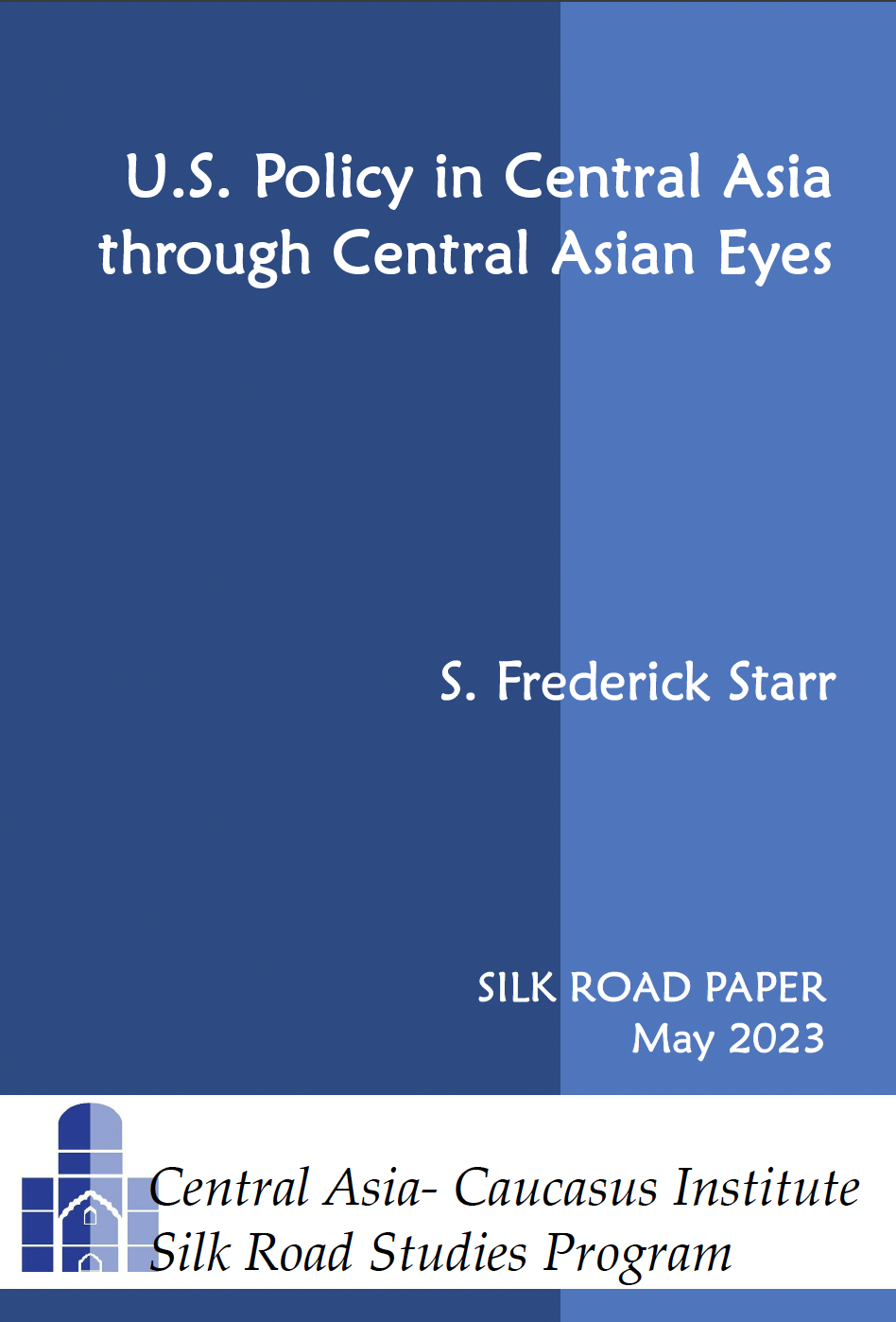Afghan Peace Hopes Amid Green-on-Blue Attacks
By Naveed Ahmad (10/15/2014 issue of the CACI Analyst)
On August 5, an Afghan in army uniform opened indiscriminate fire, killing a U.S. army major general besides wounding 15 coalition troops. One German brigadier general and two Afghan generals received non-fatal bullet injuries. Green-on-blue attacks are the most alarming trend in Afghanistan, which has forced ISAF to instruct each soldier to carry a loaded weapon when amongst Afghans. The most recent attack casts a serious shadow over Afghanistan’s stability after NATO hands over internal and external security to Afghan security forces. Even the unprecedented news of two opposing presidential candidates reaching a power-sharing deal offers little hope.
Armenia to be Admitted into Eurasian Union
By Armen Grigoryan (10/15/2014 issue of the CACI Analyst)
Russia’s President Vladimir Putin had his way as Belarus and Kazakhstan ratified the treaty on establishing the Eurasian Union, as well as agreed to admit Armenia. An agreement on the main controversy concerning Armenia’s admission into the Eurasian Union – the likely establishment of customs controls on the border with Nagorno-Karabakh – has supposedly been reached. Meanwhile, Armenia’s parliamentary opposition announced the beginning of a long-term protest movement but refused to criticize Russia’s expansionist policies.
The Evolving Strategic Context of the South Caucasus Transportation Network
By Mamuka Tsereteli (10/01/2014 issue of the CACI Analyst)
Newly emerging geopolitical and economic realities are dictating an increased focus on developing the land transportation corridor between Asia and Europe. Asian producers and European importers are seeking faster ways of delivering business orders to European consumers at competitive prices, while there is also an increased flow of goods from Europe to Asia. Maritime routes are cheap but slow, and there is a growing competition between different land transportation options from China, India, Pakistan and other countries via Central Asia to Europe. One of them is a multimodal transportation option from Central Asia through the South Caucasus to the Black Sea or Turkey and beyond to Europe. Regional leadership and U.S. and EU support is required for it to succeed.
Is Iran Making a Comeback in Central Asia?
By Stephen Blank (10/01/2014 issue of the CACI Analyst)
Iran is seeking to recapture lost ground in Central Asia and the Caucasus. Earlier signs that the nuclear issue might be moving towards a peaceful resolution has encouraged some of Iran’s neighbors to take preparatory steps to resume dialogue with Tehran. Iran has extensive ties with and influence in Afghanistan. Thus Iran’s vital interests are connected with the future of that country. As NATO winds down its presence there, the widespread concern about the future of Afghanistan may lead improved ties between Iran and Central Asian states who clearly want as many foreign governments as possible to exercise a moderating influence on Afghan developments.



 Silk Road Paper S. Frederick Starr,
Silk Road Paper S. Frederick Starr,  Book Svante E. Cornell, ed., "
Book Svante E. Cornell, ed., "